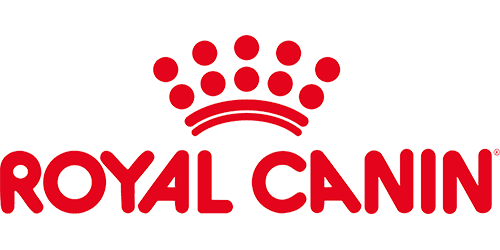Recognizing and treating food allergies
Food allergies can show up as early as four months of age or at any point in a dog’s life. It may be hard to tell whether your dog is suffering from a food sensitivity or environmental allergies (known as “atopic dermatitis”)—or a little of both.
The only way to accurately diagnose a food allergy is through a strict elimination diet, where you only feed your dog prescribed test diet for a certain amount of time to determine if they’re overly sensitive to a certain ingredient, and if so, which one.
Just like us humans, dogs can have an intolerance to certain things in their diet, including:
These sensitivities—very often associated with proteins—can turn into a full-blown allergy with all the associated reactions.
Why? Because with hypersensitivity, proteins in your dog’s food can trigger some of their cells to release histamine, which can cause an allergic reaction and produce the clinical signs visible from the outside, including:
- Pruritus, i.e., itchy skin (the most common symptom)
- Erythema, i.e., skin redness
- Rashes
- A secondary skin infection
- Otitis externa
- Seborrhea, an excessive secretion of sebum
- Hyperpigmentation, an abnormal localized darkening of the skin
- Lichenification, a thickening of the skin making it resemble elephant skin
No matter what is triggering your furry friend’s allergy, your main concern is to soothe their skin. If you believe your dog might be suffering from a food sensitivity, talk to your veterinary team to get nutrition advice and food recommendations.
If your dog does in fact have a food allergy, the condition may require long-term or even life-long management. That means you’ll have to:
- Monitor their diet and feed them in a specific way
- Take them to the vet clinic for regular follow up
- In some cases, give them medication
To prevent allergic reactions in your hypersensitive pup, opt for food with highly digestible proteins from quality sources that are unlikely to cause a reaction, e.g., hydrolyzed protein or a new protein. Your dog’s diet should also include omega-3 and omega-6 fatty acids to help nourish their skin.
Since your dog’s system is unable to produce omega-3 fatty acids on its own, food is the sole source. Veterinary diets are high in DHA (docosahexaenoic acid) and EPA (eicosapentanoic acid), the most beneficial omega-3s for dogs.
By feeding your dog a specialized diet, you ensure they get all the nutrients they need and avoid ingredients that trigger their hypersensitivity.
Learn more about food allergies, environmental allergies, and skin conditions in dogs in this post from Royal Canin, Skin and food sensitivities in dogs.



